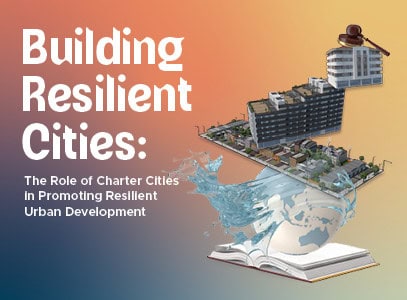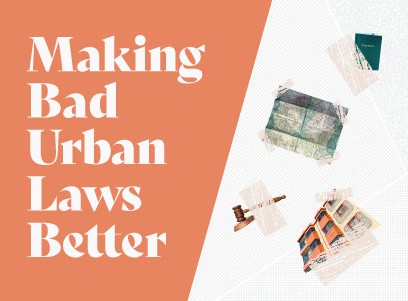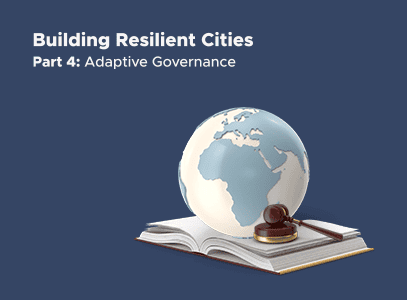Telosa: A New American City
Marc Lore is building a new American city, Telosa. Over the past month he’s gone on a media blitz, appearing in Bloomberg, interviewing at Morning Brew and the Deep End, and launching a sales video.
Key facts about Telosa include:
• Target population: 5 million residents
• Land: 200,000 acres (San Francisco is ~25,000 acres)
• Timeline: ~40 years
• Location: American west (further details tbd)
• Structure: Nonprofit to own land and provide public services
• Industry/agglomeration: Unclear
• Motivation: Equitism?
There are two reasons to be positive about Telosa. First, Marc Lore is an entrepreneur with experience building capital intensive businesses. Jet.com, which he sold to Walmart for $3.3 billion, attracted $140 million in pre-launch funding. Second, Telosa is based on Georgist principles. Marc has a clear understanding of the importance of capturing the increase in land value in a city and using it to provide social services.
There are a handful more reasons to be skeptical of Telosa. First, the city is abstracted from any economic rationale, instead focused on a political one. Second, the political rationale Telosa focuses on, income inequality, indicates a poor intellectual framework. Third, hiring Bjarke Ingels, instead of an urban planner (*cough* Alain Bertaud), demonstrates a misunderstanding of the function of a city. Fourth, being public about the project before identifying a site and securing the right to build risks galvanizing a NIMBY opposition.
Economic rationale: Most cities exist for economic reasons. There’s a natural port, a trading hub, or a mine — something to make enough people move to the city until it becomes more diversified and self-sustaining. Telosa is not leading with an economic rationale. It is unclear what businesses the city will attract or why people will move there. Instead, it focuses on a political rationale, fixing income inequality. People don’t move to a new city to fix social problems.
Equitism: “It’s about being more equitable and giving citizens an ownership stake and, as the city does better, the residents do better.” Marc’s goal is not to build a city, it’s to build a better society. The city is the only means to do so. To him, building a better society means solving income inequality, which he lists as the most pressing problem America faces today. I would list Covid, wage stagnation, political polarization, bureaucratic sclerosis, demographics, technological slowdown, overproduction of elites, and global warming as more important than income inequality. The focus on income inequality suggests a desire to fit in and be socially acceptable, instead of being a sound framework for building a city, not to mention a general lack of intellectual rigor.
Bjarke Ingels: If you want to build a city, why hire an urban planner when you can hire a star architect! Cities are labor markets, some urban planners, e.g. Alain Bertaud, understand this, and can plan the city around it. Ingels is good at designing pretty buildings. He says he wants to embed new technology in Telosa. There is no indication he understands what a city is.
NIMBYs: Going public with Telosa before acquiring the land and building rights is risky. Many past new city projects, including Sidewalk Labs in Toronto, were brought down because of NIMBYs. Clean energy projects such as solar are being targeted by NIMBYs. Being this public, this early paints a target on their back. Admittedly, they might be pursuing an Amazon HQ2 bidding war type strategy. However, such a strategy can be executed behind the scenes effectively minimizing the need to be public.
While I want to be supportive of projects such as Telosa, I worry that they prove charter cities critics correct: that new cities are difficult to build, focus on the wrong things, and are unable to execute. New cities aren’t the same as tech, where it’s possible to experiment with many different models and business plans. The capital and cultural requirements are just too high. It’s critical for new cities, particularly well-publicized ones, to execute effectively on good plans or they risk damaging the reputation of the space at large.







